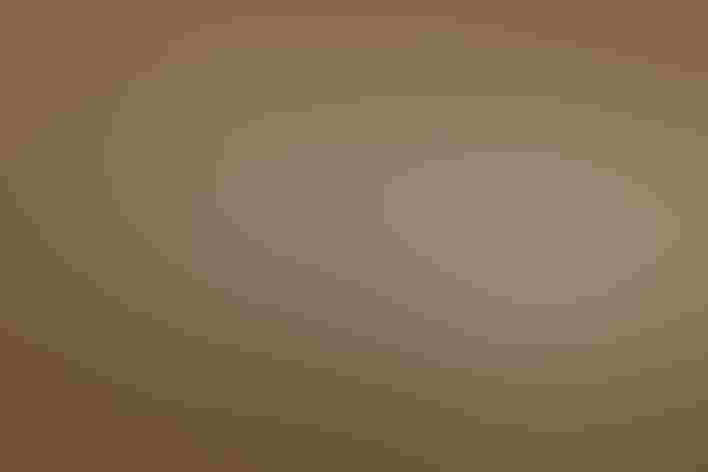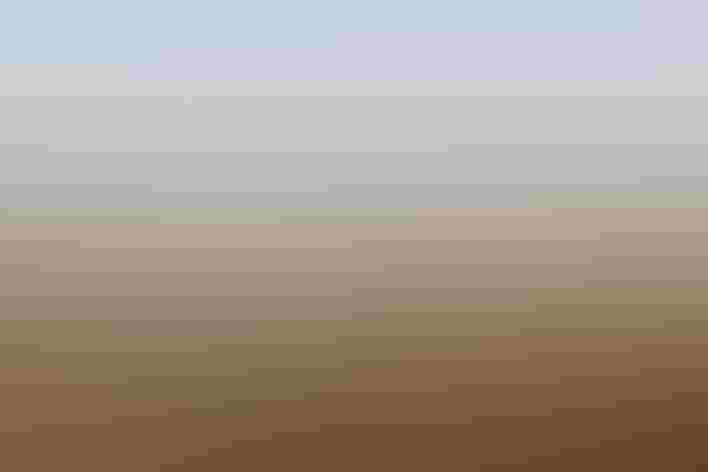Tundra Swan
At a Glance
Nesting on Arctic tundra and migrating long distances to favored wintering areas, this native swan was less affected by human settlement than was the Trumpeter Swan. Destruction of southern wetlands has reduced its former food sources in wintering areas, but it has adapted by shifting its habits to feeding on waste products in agricultural fields. The North American population is often called Whistling Swan.
All bird guide text and rangemaps adapted from by Kenn Kaufman漏 1996, used by permission of Houghton Mifflin Harcourt Publishing Company. All rights reserved.
Category
Duck-like Birds, Swans
IUCN Status
Least Concern
Habitat
Coasts and Shorelines, Fields, Meadows, and Grasslands, Freshwater Wetlands, Lakes, Ponds, and Rivers, Saltwater Wetlands, Tundra and Boreal Habitats
Region
Alaska and The North, California, Eastern Canada, Florida, Great Lakes, Mid Atlantic, New England, Northwest, Plains, Rocky Mountains, Southeast, Southwest, Texas, Western Canada
Behavior
Direct Flight, Formation, Swimming
Population
280.000
Range & Identification
Migration & Range Maps
Birds may leave nesting areas in late summer and concentrate in nearby estuaries. Southward migration begins mid-autumn. Migrating flocks (of up to 100 or more) are made up of family groups. May fly long distances between traditional staging areas in fall; spring migration may involve shorter flights and more stopovers.
Description
48-55" (1.2-1.4 m). Adult has black bill (not orange as in Mute Swan), usually with a small yellow spot at base of bill, before the eye. Juvenile dull gray-brown, with pink tinge on bill; plumage becomes whiter by midwinter. (Eurasian race, "Bewick's Swan," a very rare visitor in the west, has much more yellow at base of bill, but less than Whooper Swan.)
Size
About the size of a Heron
Color
Black, Brown, Gray, White, Yellow
Wing Shape
Broad, Long, Rounded
Tail Shape
Rounded, Short, Square-tipped, Wedge-shaped
Songs and Calls
Mellow bugling call, hoo-ho-hoo, usually heard from a flock of migrating birds.
Call Pattern
Flat, Undulating
Call Type
Croak/Quack
Habitat
Tundra (summer), lakes, large rivers, bays, estuaries, flooded fields. In summer on northern tundra with many lakes and ponds, generally near the coast. During migration and winter mainly on shallow lakes, wide slow-moving rivers, and coastal estuaries, especially those with agricultural fields nearby.
Sign up for 爆料公社's newsletter to learn more about birds like the Tundra Swan
Behavior
Eggs
4-5, up to 7. Creamy white, becoming stained. Female does about 3/4 of incubating, male does rest; eggs hatch in 31-32 days.
Young
Both parents tend young, leading them to feeding sites in water. Adults may paddle with feet to bring submerged food to surface for young; may rarely feed young directly. Young fledge in 2-3 months, remain with parents at least through first winter.
Feeding Behavior
in nesting season forages mainly in water by dabbling at surface, dipping head underwater, or upending with tail up and head straight down (can reach 3 feet below surface). On migration and in winter does much feeding on land in open fields. Sometimes feeds during moonlit nights.
Diet
seeds and other plant material. Summer diet mainly stems, seeds, and roots of aquatic plants, including sedges, pondweeds, arrowleaf, algae, and others; also a few small invertebrates. At other seasons, eats much grain in harvested fields of corn, barley, and soybean.
Nesting
In one display involving members of a pair, the birds face each other, wings partly spread and rapidly quivering, while they call loudly. Nest site is near lake or other open water, on ridge or island with good visibility. Nest (built by both sexes) is low mound of plant material, 1 or 2 feet in diameter, with a depression in the center; may be used for more than 1 year.
Conservation
Conservation Status
Population is stable, and large enough to sustain a limited hunting season in some areas.
Climate Threats Facing the Tundra Swan
Choose a temperature scenario below to see which threats will affect this species as warming increases. The same climate change-driven threats that put birds at risk will affect other wildlife and people, too.








